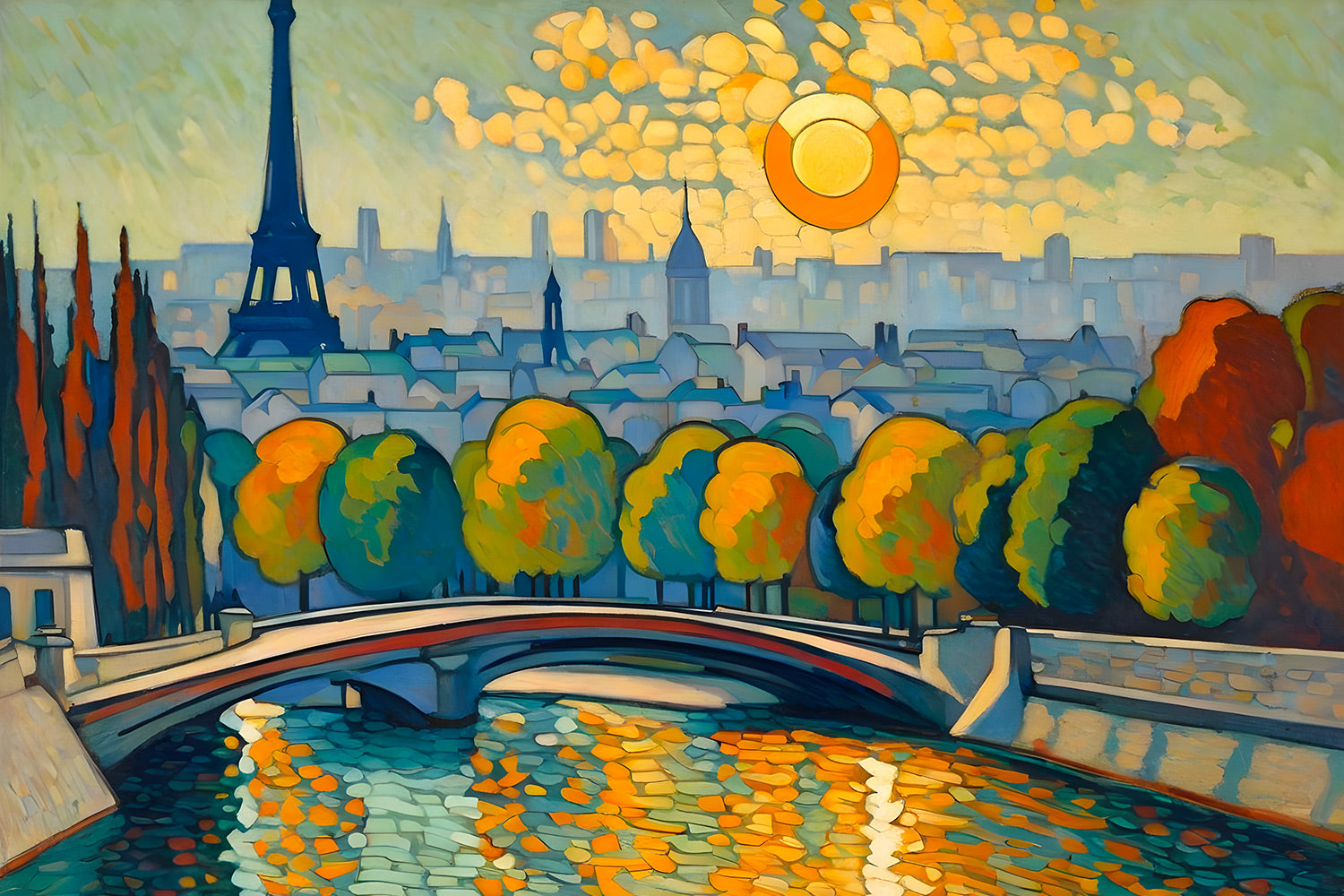Where the Unicorn Came From and Its Captivating Story Through the Ages

Introduction
The unicorn, whose name comes from ancient Greek meaning “one horn,” with its striking spiralled horn and horse-like form, has stood for centuries as a symbol of purity, elegance, and magic. Across different times and cultures, this legendary creature has meant many things—sometimes a coveted quarry, other times a sign of virginity or even sacred power. The unicorn’s story is rich and diverse, showing how fantastical beings hold a special place in human storytelling.
The Unicorn’s Ancient Roots
The earliest accounts of unicorn-like beasts go back to ancient civilisations like the Greeks and Persians, who spoke of one-horned wild animals with magical qualities. It wasn’t until the Middle Ages, though, that the unicorn’s image started to resemble what we recognise today.

Qilin, a mythical creature from Chinese lore
Unicorns in World Mythologies
The fascination with unicorns isn’t just a Western thing. Across Asia, especially in China and India, cultures have spun their own tales of similar creatures, adding layers to the mystique surrounding these enigmatic beings. The qilin, for example, is a mythical beast in Chinese stories that shares some traits with the unicorn, enriching the global imagination around these magical animals.
Early Mentions in Antiquity
Unicorn-like creatures first appear in ancient texts from places like India and Persia, where they were seen as wild, elusive symbols of purity and wisdom. The Greek historian Ctesias described a white, donkey-like animal with a single horn living in India. While he was likely describing the Indian rhinoceros, his tale sparked Western imaginations for generations.

Camphur and Pirassoipi, watercolours by Italian naturalist Ulysse Aldrovandi
The Middle Ages: A Christian Emblem
During the Middle Ages, the unicorn took on a powerful Christian symbolism. It became a sign of purity and chastity, often linked to the Virgin Mary. One of the best-known stories is about capturing the unicorn, where only a pure maiden could approach it. This allegory, popularised through medieval bestiaries and tapestries like the famous “Lady and the Unicorn” series, highlighted beliefs in the unicorn’s purity and redemptive powers.
The East: Kindred Creatures and Meanings
In China, the qilin is often likened to the Western unicorn but carries its own meanings of good luck, prosperity, and wisdom. Unlike the Western unicorn, the qilin is shown with scales and a fiery mane, combining features from various animals. Japan’s kirin is similar to the qilin and is also seen as a sign of good fortune.
The Renaissance and Beyond: Myth Meets Reality
During the Renaissance, fascination with the unicorn grew—not just as a religious symbol but also for its horn, believed to have healing powers. Back then, when medicine was entwined with alchemy and mysticism, unicorn horns were thought to neutralise poisons. This belief sparked a booming trade in “unicorn horns,” often sourced from narwhal tusks, keeping the legend alive.
The Present Day: A Symbol of Uniqueness
Nowadays, the unicorn is having a bit of a renaissance as a symbol of difference, individuality, and sometimes utopian ideals. In pop culture, it’s often tied to magical, fairytale realms, standing for innocence and wonder. The unicorn’s popularity on social media, in fashion, and contemporary art shows it’s become a cultural icon representing joy, colour, and a cheeky escape from the everyday grind.
The tale of the unicorn, stretching across centuries and continents, shows how one symbol can carry many meanings, influencing faith, art, stories, and even healing practices. This journey through time reveals not just how the unicorn’s image has changed, but also our ongoing love affair with the mysterious and the magical. More than just a mythical beast, the unicorn reflects human values, hopes, and dreams—a bridge between what’s real and what’s imagined.
Have a squiz at our collection of posters celebrating this stunning mythical creature, the unicorn.



Leave a comment
This site is protected by hCaptcha and the hCaptcha Privacy Policy and Terms of Service apply.